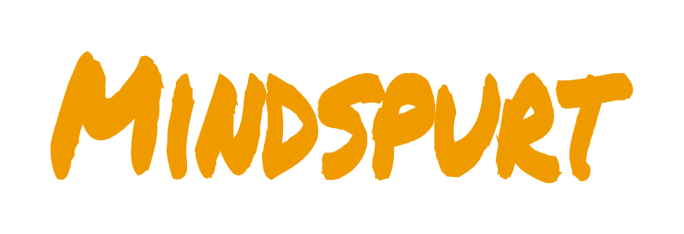Are you a visual learner? If you answered yes, then using graphs, illustrations or diagrammatically representing information makes the knowledge assimilation process easier for you. According to an article written by Psychology Today, visual cues help people better retrieve and remember information. It further explains that the part of the brain responsible for processing images is much larger as compared to the area which processes words. This is likely the reason you are able to remember your first kiss as opposed to a new word you learn in the dictionary. So now that you are convinced of the powerful effect of visuals in learning – what are the best study tips for visual learners?

If you are intimidated by long paragraphs of text and are looking for methods to harness visual learning; here are 5 great study tips for visual learners. Practice these to improve the way you learn today!
Use highlighters
Highlighters are great for not only summarizing text but also make only important information visible. When bombarded with huge textbooks, being able to concentrate on only certain lines of text can greatly reduce your study time. This of-course requires you to first do a full brush through first – during which you will highlight all relevant information. Use different colors to stimulate the brain. Surprisingly, colors also have an effect on our emotions. According to psychological studies, here are a few colors and the emotions they arise:
- Light yellow – represents intellect, freshness and joy
- Light red – joy, sexuality, passion, sensitivity and love
- Dark red – vigor, willpower, range, anger, leadership, courage, longing, malice, wrath
- Light blue – health, healing, tranquility, understanding and softness
- Dark blue – Knowledge, power, integrity and seriousness
If you prefer not to highlight textbooks, photocopy pages and highlight those. It is also much less intimidating than reading a 900 page textbook.
Learn to flowchart
Flow-charting is an excellent way to methodologically represent large amounts of data (quantitative and qualitative). It also allows you to create relationships between different data sets. Use simple blocks and arrows to connect relevant blocks. You can make use a program such as MS Visio but also ensure that arrows don’t cross to prevent confusion. If you want to add some categorization, swim lanes are excellent options. The great thing about flow diagrams is that they are excellent for learning looping scenarios for complex analytical calculations. See below an example of a flow diagram representing a complex mathematical iteration:
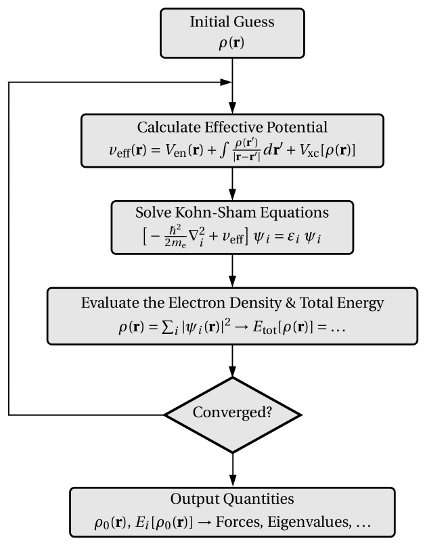
Use graphs to represent relationships
One of the best study tips for visual learners is to incorporate graphs. Graphs provide an excellent method to show relationships between different variables. By simply looking at a graph, you will be able to sum up pages of information that would otherwise be difficult to comprehend in text. You can use different graph to represent different types of information. Here is an excellent post on showing 44 different types of graphs and how you decide which one to use.
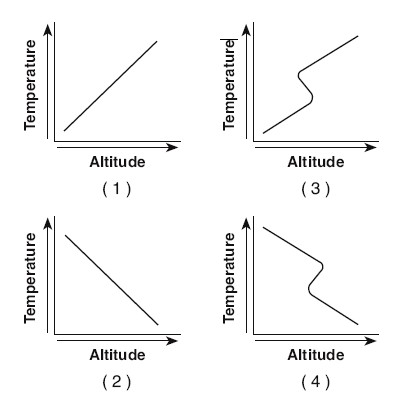
Watch YouTube videos
Yes! you heard right – but it’s not those “gold digger prank” videos I am referring to. YouTube, like google, is rich with tutorials and experts sharing their knowledge. Subscribe to channels in your field and watch videos for topics that are baffling you. The people who make these videos are generally good at practically explaining concepts with diagrams. Watching someone solve a problem will help you remember it in greater detail. There are also great opensource videos from huge universities like Stanford and MIT which have professional lecturers teaching courses; it doesn’t get any better than that – does it?
Get a whiteboard
Not only does a whiteboard make you look professional and smart – it actually does work. It makes it easier to scribble down info and graphs which you can easily erase and re-draw. You can again use different colors to make it easier to understand. A whiteboard also has the “in your face” effect because it is much larger than an A4 page which makes it easier to understand and get complicated flowcharts. Therefore go ahead and add a white board as an item in your list of study tips for visual learners.
Use simulation programs
Simulation programs are excellent for identifying relationships and visually seeing the effects of complicated data. For example designing a distillation column (in engineering) in a software program such as Aspen is much easier to understand – this is opposed to the complicated manual Mcabe Thiele method which is much more abstract. You can find various opensource software online which you can use to satisfy your needs depending on your field of expertise. Even though simulations are excellent tools to bridge the gaps in your knowledge – rememeber it is always important to learn the background calculations which the software uses.
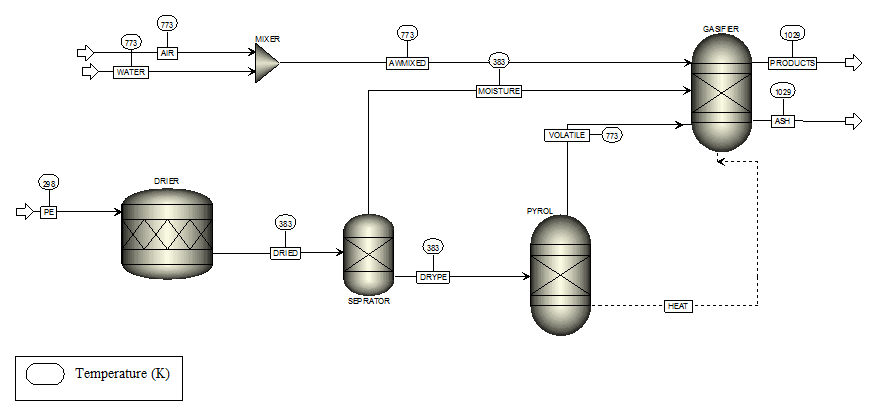
Do practical experiments
Pragmatic learning is probably one of the best study tips for visual learners. According to a study done in Chicago, science students who learnt by doing, showed better performance in their grades. It may not be possible to do practical experiments for everything you learn, however when possible this method will allow you to grasp information quicker and retain it for longer periods of time. This type of visual learning is what companies are now using to train millenials in practical work settings using VR headset technology.
Look up media online
If practical experimentation is not possible, the other best option is to view pictures online or watch videos. For example: a mechanical engineer learning about pumps can easily search for media on the net showing how it works and what it’s components look like. This type of learning enforces what your textbook learning by visually lock in information in you head. If you see how a pump’s components work for example, you will most likely be able to remember what the different component do theoretically.
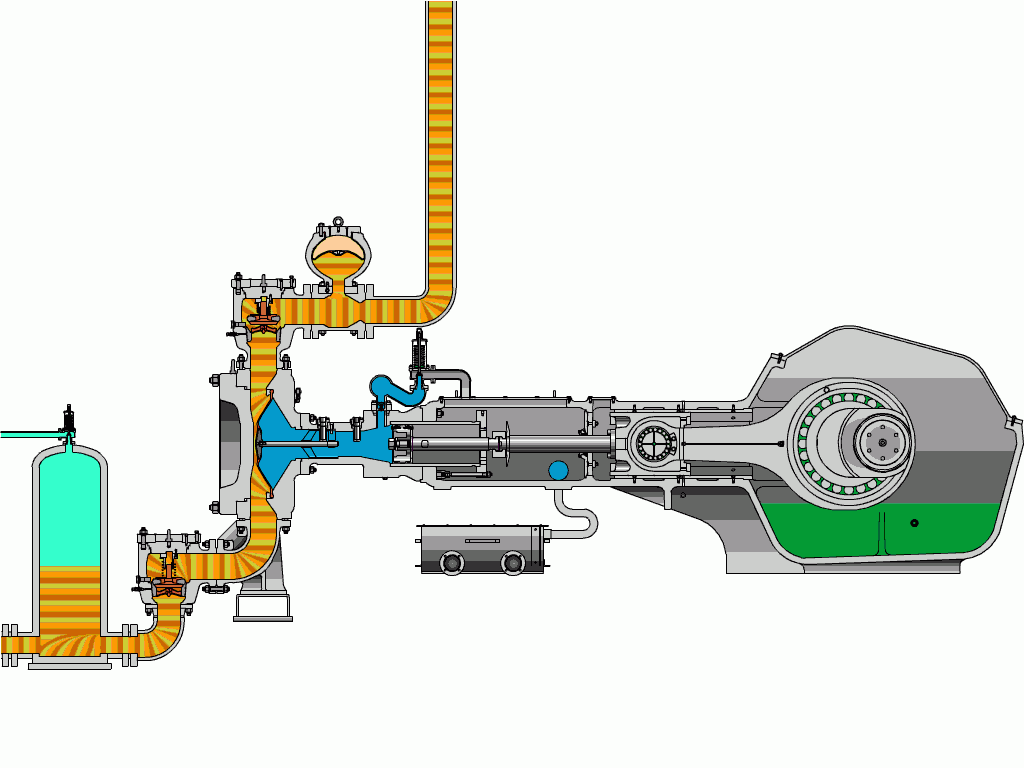
To learn how to fully achieve success in all facets of your life, read: Applying A Growth Mindset To Achieve Success
